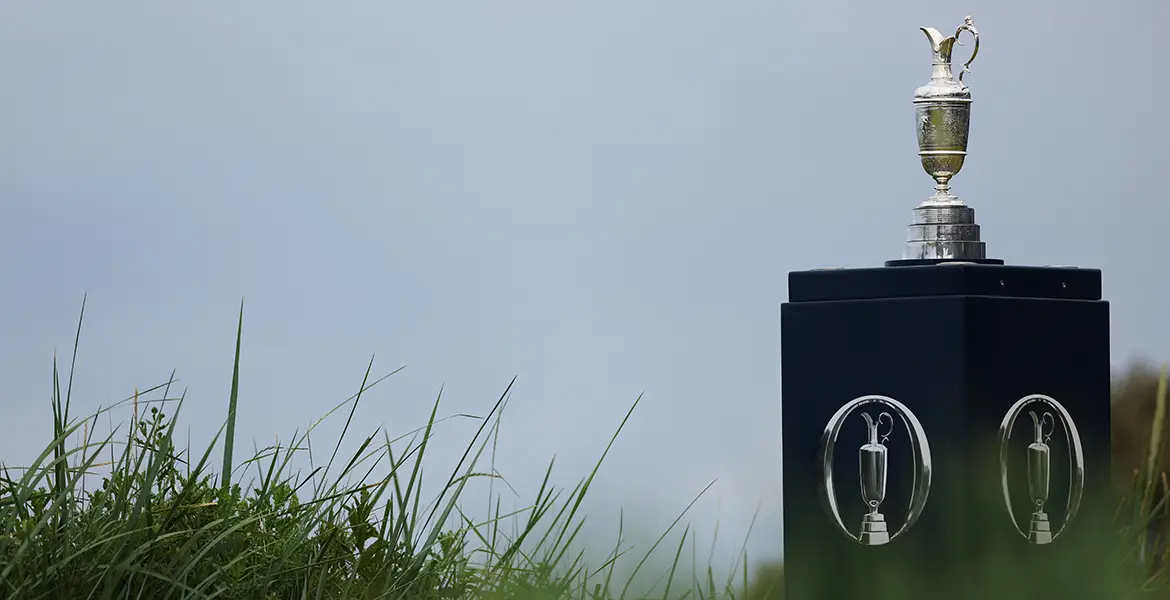The recent Kevin Na debacle at the Valspar Championship has drawn attention yet again to the absurdly slow pace of play on the PGA Tour. If you believe, as I do, that we rank-and-file golfers mimic the pros, then you also subscribe to the notion that, if the pros can be made to play faster, the entire game will speed up as well.
The Tour has in place a policy—generally speaking it allows 40 seconds to play a shot—but they rarely enforce it because, basically Tim Finchem reports to the players, the 200 or so guys he’d be penalizing. Short of an apocalypse, that sad reality is not going to change.
So here’s another idea: a TV shot clock—slapped up on the screen, just like the clocks used in basketball and football—a little digital timer ticking away in countdown mode. As a player goes through his pre-shot mumbo jumbo, the world sees just how well he’s doing, and when he makes impact we see whether he beat the clock or it beat him—and by exactly how much.
Making this happen would involve two things. The first is logistics. The networks would have to hire a couple of interns to sit in the broadcast trailer, keep an eye on several TV monitors at the same time, and start stopwatches the moment each player begins his pre-shot routine. I’m not sure how many such cameras are filming players simultaneously at a golf event—we see only the one the director wants us to see—but let’s say a half dozen players are on cameras at any given moment. The intern’s sole job is to click-on those half dozen watches, and to keep clicking-on watches as each new player comes into view and starts his routine. Yes, these hired hands would have to make decisions about when exactly a player’s turn begins, but that’s not rocket science—the Tour provides clear guidelines as to when that moment arrives, whether on the tee, in the fairway/rough or on the green.
So when the director says “go to 14 and Keegan Bradley” and we see him standing over the ball, about to hit, we also see a clock that shows he’s used up 39 of his 40 seconds and is about to exceed his time. Once he’s over his time, the color of the clock turns from green to a pulsating red, and with each additional second Keegan looks worse.
Whether the Tour chooses to penalize him or not, Keegan gets internationally humiliated. Over time, we see him—or Ben Crane, J.B. Holmes, Jim Furyk, Kevin Na, whomever—go over the clock repeatedly. Stats are kept and eventually every player has a pace-of-play stat—just like GIRs, strokes saved putting etc.—showing his average time-per-shot. A ranking of all the Tour players is kept and the world sees who are the tortoises and who are the hares. Grief rains down on the tortoises, and they pick up their pace. The PGA Tour, confronted for the first time with incontrovertible proof that their guidelines are being serially abused while they do nothing to enforce penalties, begins to enforce penalties.
You can argue that this TV shot clock discriminates in that only the guys in the hunt are monitored. Maybe, but keep in mind, it could be used not just on Saturday and Sunday afternoons but all those Thursday and Friday rounds on cable when things are just getting sorted out. Over the course of a season, I suspect everyone who’s anyone on the PGA Tour would accumulate several moments on the clock.
A shot clock would add an element of interest to the telecast, and—are you listening Commissioner—might even add to the fan appeal of golf. I for one would become an instant supporter of the top-10 fastest players on the clock while rooting for the 10 slowest guys either to slash several seconds off their times or lose their playing privileges.
Ideally, after a few years, the bottom ten players—who now are likely averaging something well over 60 seconds per shot—all would be within the 40-second limit, pro golf would be a palpably faster game, and so would golf in general.
But that gets me to the other element that is necessary for this to happen. One brave TV network. A network that can convince Commissioner Finchem that a TV clock is a good idea. Sadly, I doubt that will happen, because just as Tim Finchem has to deal with the sensitivities of his players, the TV networks have to deal with the sensitivities of Tim Finchem.






